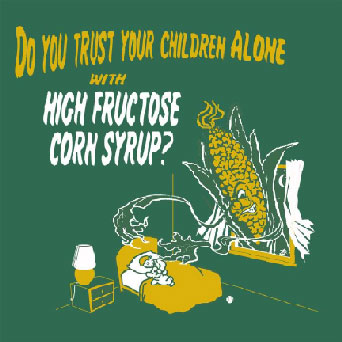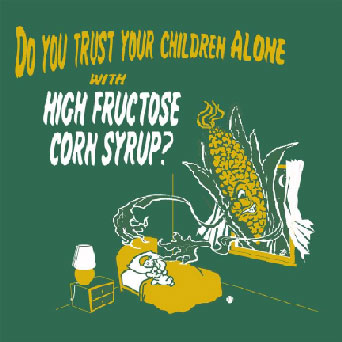 Editor’s note: In the wake of our original report on a paper exploring a possible link between high-fructose corn syrup and autism and the followup critique we posted by science writer Emily Willingham, the authors of the paper asked for a chance to respond. Below you’ll find, first, the response by Renee Dufault and David Wallinga, M.D., and then a reply from Willingham.
Editor’s note: In the wake of our original report on a paper exploring a possible link between high-fructose corn syrup and autism and the followup critique we posted by science writer Emily Willingham, the authors of the paper asked for a chance to respond. Below you’ll find, first, the response by Renee Dufault and David Wallinga, M.D., and then a reply from Willingham.
From Renee Dufault and David Wallinga:
Since our scientific paper “A macroepigenetic approach to identify factors responsible for the autism epidemic in the United States” was published a few weeks ago in the peer-reviewed journal Clinical Epigenetics, it has attracted a lot of discussion. We generally welcome that, especially when the discussion includes us, but much of it hasn’t. So, we’re eager to lay out for the public what our study does and doesn’t say.
Contrary to what’s been implied, our current paper does not allege consumption of HFCS causes autism. Rather, our model shows the science of how it may be one important risk factor of many that contributes to a cumulative or “total load” of risks. When we say “total load” we are referring to the accumulation of several risk factors, including nutrition, exposures to toxic chemicals, physical and emotional stressors, and more.
In a nutshell, our work explored a new science-informed model for how dietary factors (including consumption of high-fructose corn syrup) can interact with mineral deficiencies and metabolic processes in our bodies that govern how we handle exposure to environmental toxins. And given the CDC’s rising estimates for children identified with autism and related disorders, as well as growing numbers of children receiving autism services in schools, we wanted to explore how these intersecting processes may be at play in explaining autism in at least some children.
Autism is a sensitive topic for many. We recognize that. It’s also very complicated. Based on studies of twins, however, we now know that environmental factors, in combination with genetics, are likely to contribute to the development of autism. We certainly need more study in this area, and as researchers we hope that our paper, along with the work of many other well-regarded scientists, will help develop a more precise understanding of the way multiple factors can combine and contribute to autism.
We need to explore these new models because traditional scientific approaches that focus on only one variable at a time have not, and likely cannot, provide parents the answers they seek. That’s because in the real world, we are exposed to a complex equation of factors that can ultimately influence our health. As Harvard pediatric neurologist Martha Herbert, M.D. puts it, there is an important difference between “cause” and “risk.” It isn’t even appropriate to talk about a “cause” of autism. Instead, it is more fitting to talk about multiple, interactive risks in our broader environment that may accumulate and contribute to autism. In any child these environmental factors have the potential to modify the genetic susceptibility she or he is born with.
That’s why our paper proposes a macroepigenetic model as one scientific approach that allows us as researchers to consider multiple factors, including nutrition and environmental exposure to toxins, and how they can impact our health. Because this is a new approach, we’ve prepared a brief Q & A that we hope will address many potential questions. We also welcome well-researched reviews of the paper, and encourage that the authors of these submit their writing to Clinical Epigenetics so that they can undergo a rigorous peer-review prior to publication.
From Emily Willingham:
The authors don’t seem to have addressed any of the fundamental flaws in reasoning and evidence in their paper that I brought up:
1. There likely isn’t an “autism epidemic.”
2. The idea that HFCS even contributes mercury to the diet is disputable, at best, based on analyses following their self-cited earlier study. They are self-citing about “mercury residues” and fail to note the relevance of changes in the HFCS production process.
3. They don’t address the fact that they’ve conflated mercury and methylmercury (and fructose and HFCS); the mercury that presumably would be ingested with HFCS — if it’s in there at all — would be the former, yet it’s the latter that can be neurologically harmful when ingested.
4. They don’t address the observation that Italy doesn’t actually track autism rates with any kind of consistency, so their comparison with Italy is also irrelevant. And they don’t mention the other comparisons I provided with countries that do track rates and relative to their HFCS consumption.
5. They don’t address the total lack of any mutual or tandem trend one way or the other between the HFCS consumption rates they cite and autism rates.
6. While they struggle to describe the difference between “cause” and “risk,” what they actually do in their paper is to try to lay out a causative mechanism for autism involving HFCS.



